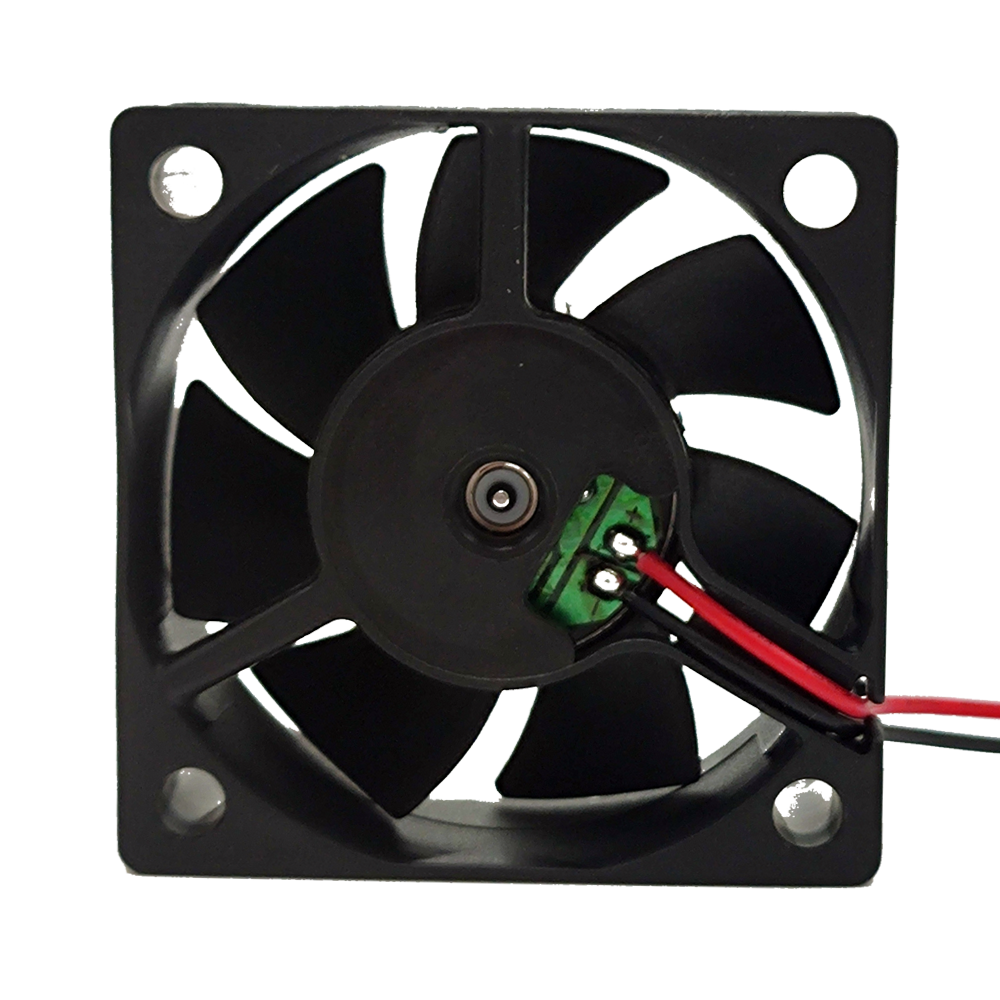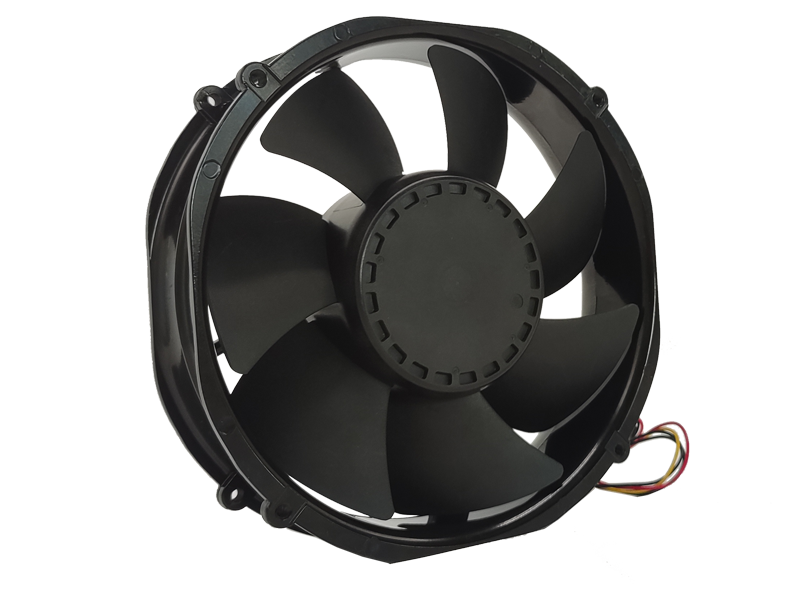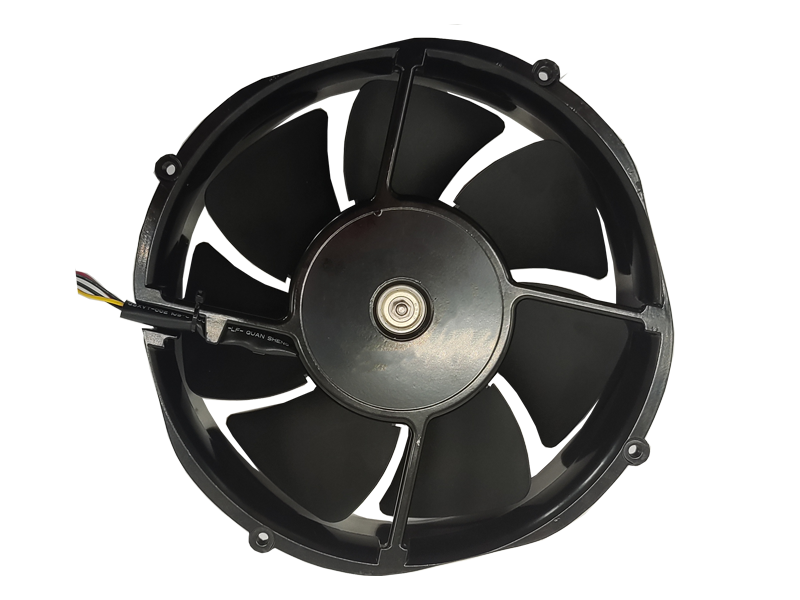In industrial environments, maintaining air circulation and regulating temperatures are crucial for ensuring the safety, efficiency, and comfort of workers. One of the most fundamental solutions to achieve this is the industrial fan. These powerful machines have proven indispensable across a wide range of industries, from manufacturing plants and warehouses to agriculture and food processing. This article will delve into the importance of industrial fans, their functionality, types, and the key considerations to make when choosing the right fan for your workspace.
The Role of Industrial Fans in Modern Workspaces
Industrial fans are designed to meet the demanding cooling, ventilation, and air circulation requirements of large-scale environments. Unlike smaller household fans, industrial fans are engineered for high-performance, durability, and energy efficiency to handle heavy workloads. By efficiently circulating air, they provide ventilation in spaces that may lack natural airflow, and they help regulate temperatures, preventing overheating in machinery and ensuring a safe working environment for employees.
Temperature Control and Cooling
Many industrial operations involve heavy machinery and equipment that generate significant heat. In manufacturing facilities, for example, this heat can lead to decreased operational efficiency, higher energy consumption, and even equipment malfunctions. Industrial fans help prevent these issues by ensuring proper ventilation and maintaining an optimal temperature range. They also reduce the reliance on air conditioning, lowering overall energy costs.
Improving Air Quality
Airborne particles, such as dust, smoke, or fumes, are a common problem in industrial settings. Industrial fans assist in removing these pollutants by promoting airflow and filtration, reducing the risk of respiratory problems among workers. By maintaining a steady flow of fresh air, they help keep the air in the workspace cleaner and healthier.
Enhancing Worker Comfort and Productivity
A comfortable working environment is crucial for maintaining employee morale and productivity. High temperatures or poor air quality can lead to discomfort and fatigue, which can negatively impact workers' performance. Industrial fans ensure a more pleasant environment by improving air circulation and keeping the temperature within a comfortable range. This, in turn, leads to increased efficiency and fewer workplace accidents.
Types of Industrial Fans
Industrial fans come in various types, each designed for specific tasks. Below are some of the most common types of industrial fans:
Axial Fans
Axial fans are the most common type of industrial fan. They work by drawing air along the axis of the fan blades. These fans are typically used for general ventilation and air circulation. They are highly effective in large, open spaces where airflow needs to be distributed over a wide area. Axial fans are also energy-efficient, making them ideal for large facilities.
Centrifugal Fans
Centrifugal fans operate by drawing air into the fan through an inlet and expelling it at high speed through a discharge outlet. These fans generate higher pressures than axial fans and are used in applications where a more focused airflow is needed. They are commonly used for dust collection systems, ventilation in high-pressure environments, and material handling processes.
Box Fans
Box fans are compact, portable, and versatile. They are often used in areas that require additional airflow or localized cooling. Box fans are commonly found in warehouses, factories, and garages, where they provide targeted cooling in specific areas. These fans are easy to install and can be moved around as needed.
Pedestal Fans
Pedestal fans are designed to be mounted on adjustable stands, making them suitable for large areas where airflow needs to be directed at varying heights. These fans are typically used in industrial spaces where specific air circulation is required. They offer more flexibility compared to fixed fans and can be adjusted to meet the needs of different environments.
High-Volume Low-Speed (HVLS) Fans
HVLS fans are large-diameter fans designed to move large volumes of air at low speeds. These fans are ideal for spaces with high ceilings, such as warehouses, gymnasiums, and manufacturing plants. HVLS fans create a gentle breeze that circulates air efficiently across vast areas without creating strong gusts of wind.
Key Factors to Consider When Choosing an Industrial Fan
When selecting an industrial fan for your facility, several factors must be taken into account to ensure that the fan performs effectively and efficiently. The following factors should be carefully considered:
Airflow Requirements
The primary function of any industrial fan is to circulate air. Understanding the airflow needs of your workspace is essential for choosing the right fan. The size of the room, the type of machinery, and the number of employees will influence the amount of airflow required. Larger facilities with heavy machinery will require fans that can provide high airflow over long distances.
Fan Size and Capacity
The size of the fan determines how much air it can move. When selecting an industrial fan, it's essential to choose a model with the appropriate size and capacity for your space. Too small a fan may struggle to provide sufficient airflow, while an oversized fan can result in unnecessary energy consumption.
Energy Efficiency
Given the high energy consumption of industrial fans, it's important to choose models that offer energy efficiency. Many modern industrial fans are designed to be energy-efficient, offering features like variable speed settings and low-power motors. These fans can help reduce operating costs and improve the overall sustainability of the facility.

Durability and Maintenance
Industrial environments can be tough on equipment. Fans used in these spaces need to be durable and capable of withstanding harsh conditions such as high temperatures, humidity, and dust. Look for fans with robust construction and materials that can endure the demands of the environment. Regular maintenance is also crucial for keeping fans in good working condition and ensuring long-term reliability.
Noise Levels
Noise can be a significant concern in industrial settings. High noise levels can not only be a nuisance but also pose health risks for workers. When choosing an industrial fan, it's essential to consider the noise level. Fans with noise-reducing features, such as variable-speed motors and advanced blade designs, can help mitigate excessive noise in the workplace.
Conclusion
Industrial fans are a critical component of modern industrial operations, offering solutions for temperature regulation, air quality improvement, and worker comfort. With various types available to suit different environments, selecting the right industrial fan can significantly enhance the efficiency of your operations. By understanding the key factors such as airflow requirements, fan size, energy efficiency, and durability, businesses can make informed decisions that optimize their workplace conditions and reduce operational costs. Investing in high-quality industrial fans ensures a safer, more comfortable, and productive work environment, ultimately contributing to the long-term success of the business.
Recommended Products

The main purpose:Car charging station

The main purpose:Car charging station

The main purpose:Electronic refrigerators, water dispensers, direct drinking machines, inverter power supplies
Address:No. 4137, Longgang Avenue (Henggang Section), Henggang Community, Henggang Street, Longgang District, Shenzhen
hotline:13530005572(Chen)15112579390(Li)


Welcome all friends to come for consultation and negotiation.
Copyright 2024 @ Shenzhen Youneng Xinyuan Electronics Co., Ltd.,(industrial fans,industrial blowers,axial fans,cooling fans manufacturer,centrifugal fans,ac cooling fans,dc cooling fans)